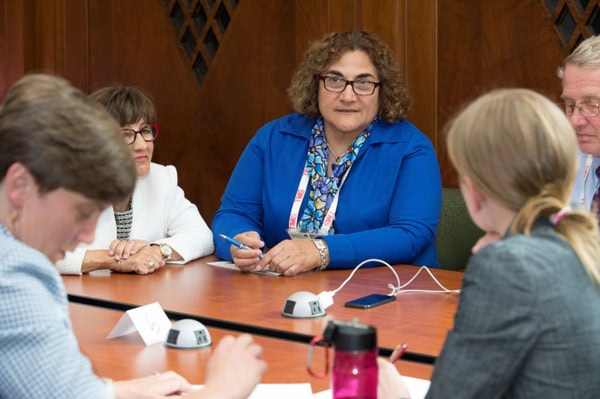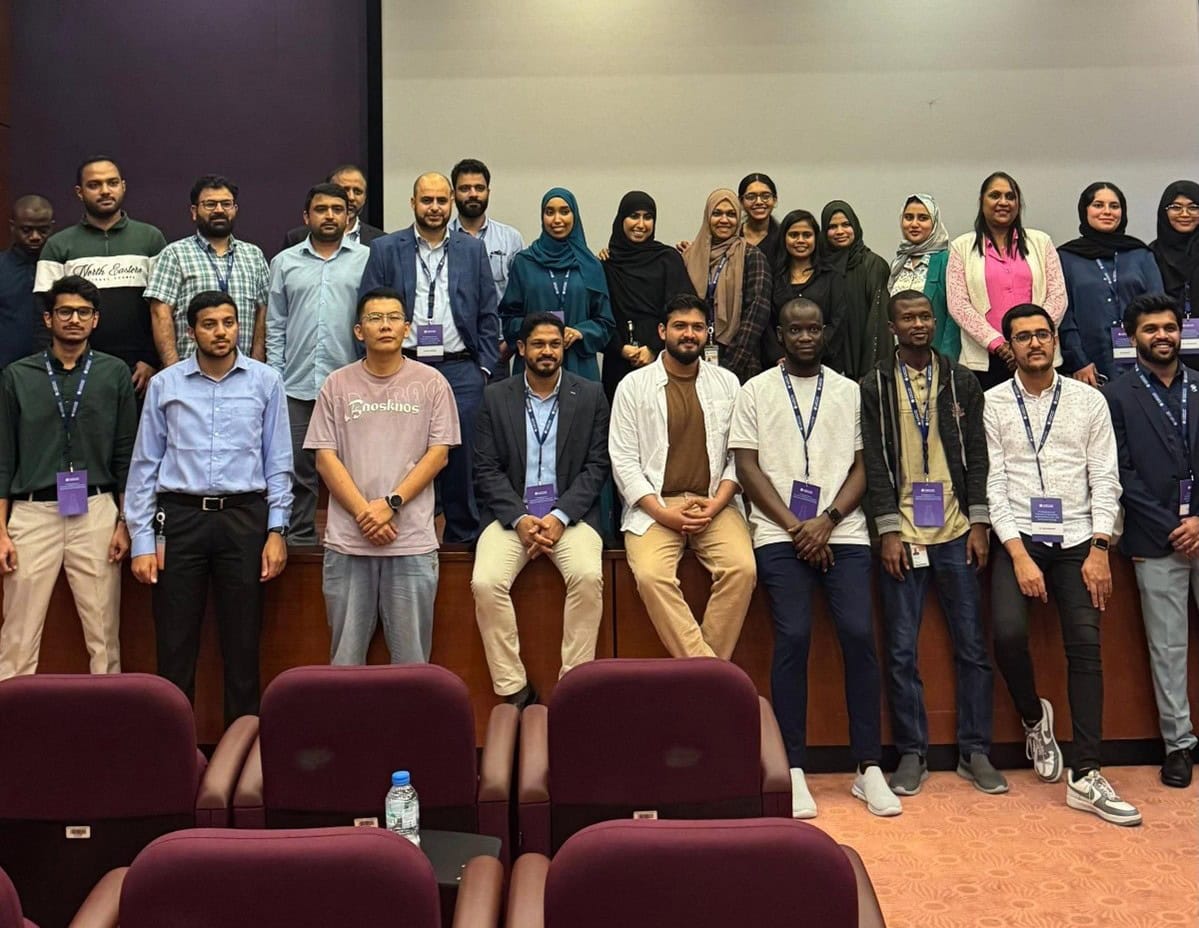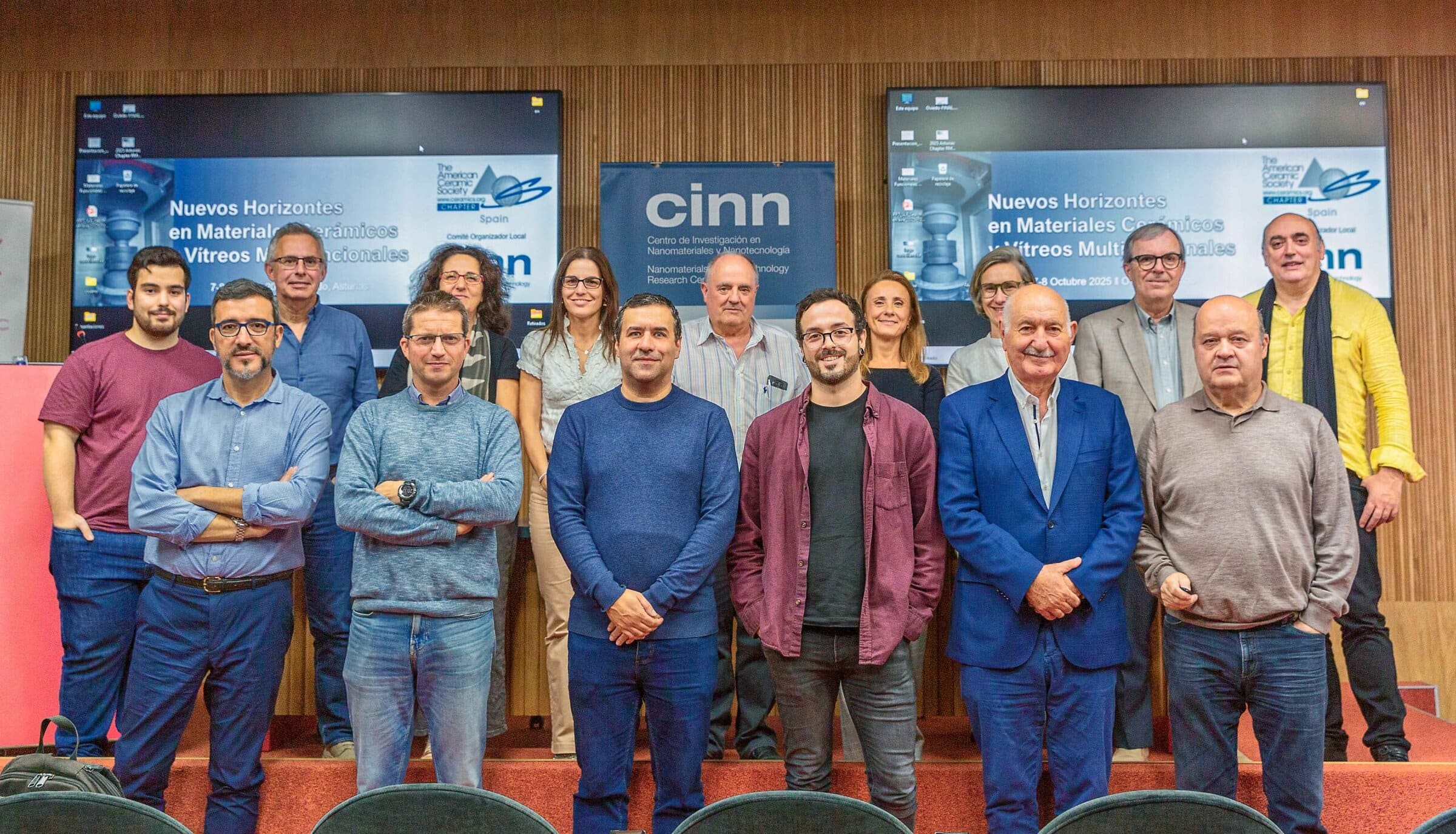
[Image above] Rosario Gerhardt, professor at Georgia Institute of Technology, at the 2014 Diversity in the Minerals, Metals, and Materials Professions meeting hosted by TMS. Credit: TMS
A final report and toolkit from the 2014 Diversity in the Minerals, Metals, and Materials Professions (DMMM1) summit are now available.
The ACerS-endorsed meeting, hosted by TMS, focused on advancing diversity and inclusion in the science and engineering workplace—specifically in the areas of mentorship, work-life balance, community, awareness, and vigilance. More than 120 members of the greater materials community attended the summit, held last July in Washington, D.C.
The resulting report—the DMMM1 Final Report: Thinking Globally—explores those five themes and documents actionable strategies that address some of the field’s greatest diversity challenges.
“We started the conversation by defining the issues, but that is only one part of the equation,” says Elizabeth Holm, organizing chair of the summit and ACerS member. “We have to keep watching, keep measuring, keep improving. This summit was a vibrant exchange of ideas on how to do those things.”
“TMS’ and ACerS’ leadership in advancing diversity and inclusion is key to raising awareness and fostering our capacity to develop a stronger and more effective materials science and engineering (MSE) workforce,” says Keith Bowman, a DMMM1 panelist and chair of mechanical, materials, and aerospace engineering at the Illinois Institute of Technology (who will join San Francisco State University in July as dean of the College of Science and Engineering). “Going forward, we all need to continue engaging our colleagues on how they might contribute towards making what is already a vibrant materials science and engineering community even better.”
ACerS member and Fellow Jennifer Lewis from Harvard University (whose work has recently appeared here and here on the CTT blog) served as a panelist on leadership issues, and Georgia Tech’s Rosario Gerhardt, also an ACerS Fellow, helped pull together the content of the final report and toolkit.
To download the report and toolkit, click here.
Author
Jessica McMathis
Spotlight Categories
- Meeting Highlights


